1. Self-compassion helps self esteem. Researchers recruited women ages 18 to 75 years old to report on their levels of self-compassion and self esteem, as well as factors that affected their self-worth. Additionally, they were asked about specific 'body-image avoidance behaviors.' Women with low self-esteem, those who based their self-worth on their appearance, engaged in more frequent avoidance behavior. having higher levels of self-compassion tempered the relationship between low self-esteem and avoidance behaviors. This suggests that self-compassion can help to protect women who might otherwise develop even more serious body-image issues. First author of the study Peta Stapleton says, "Self-compassion is almost a panacea to low self-esteem. If you start learning to love and be compassionate towards yourself, it is hard to keep having low body esteem.” Self-compassion may be helpful in reducing negative coping mechanisms at any age. This is important because woman who learn to hate their bodies at an early age tend to hang onto their hatred for life. “Self-compassion is an under-utilized treatment in clinical programs for eating disorders and could be an answer to helping people recover faster…and earlier,” says Stapleton.
2. Self-kindness for men and boys. But self-compassion isn't only tied to body image in women and girls. Another study suggests that it can work the same way for both sexes. A group of teenage boys and girls were asked to report on their levels of self-compassion, their perceived weight status (from underweight to obese), how satisfied they were with their appearance, and the degree to which they compared their appearance to others'. researchers found, in analyzing the data that higher levels of self-compassion were associated with more positive body image for both males and females, although the patterns weren't identical. With the boys, only one aspect of self-compassion - greater self-kindness-seemed related to how they felt about their looks. Mindful awareness and the recognition that everyone struggles didn't seem to influence how the boys felt about themselves. So although self-compassion seems to affect boys a little differently than girls. self-kindness was the the most important factor in both groups. Rachel Rodgers, the study author, says that self-compassion seemed tied to a "reduced tendency to compare oneself with others. The process of comparing your appearance to that of other people generally results in the establishment of unfavorable comparisons."
3. Self-compassion vs. social media. In the last study, researchers conducted another kind of experiment to see how different kinds of social media images affected women's feelings about their bodies. A group of young women were asked to view five minutes of one of four types of images: fitspiration - young women with good muscle tone; self-compassion quotes against a neutral background like flowers or geometric designs; fitspiration images with self-compassion quotes super-imposed over them, and neutral images of interior designs. Then the women were asked to fill out questionnaires regarding slef-compassion, mood, and body image. The group who viewed the "fitspiration" images had no worse moods, self-compassion, or body image than those who viewed the neutral images. The women who viewed the self-compassion quotes had significantly better moods, more self-compassion, and better body image than those who viewed the neutral images. This effect was greater in those women who embraced the ideal of a thin body. And the group who viewed the "fitspiration" images super-imposed with the self-compassion quotes also had better moods, more self-compassion, and better body image...suggesting that the self-compassion quotes helped override the negativity that could be associated with just the "fitspiration" images.
After my wise teacher the Dharma Frog, left yesterday I stood in front of my full-length mirror. I forced myself to take a really good look at myself. And although I was still a little unhappy about my appearance, I knew that by changing my self-talk I could change my attitude about myself. We all tend to get down on ourselves now and then. So it's important for both men and women to remember to be kind to themselves. After all, we're perfectly perfect just the way we are, regardless of weight, body shape, color, or age. Beauty truly is in the eyes of the beholder. And beholder is YOU!
Peace.
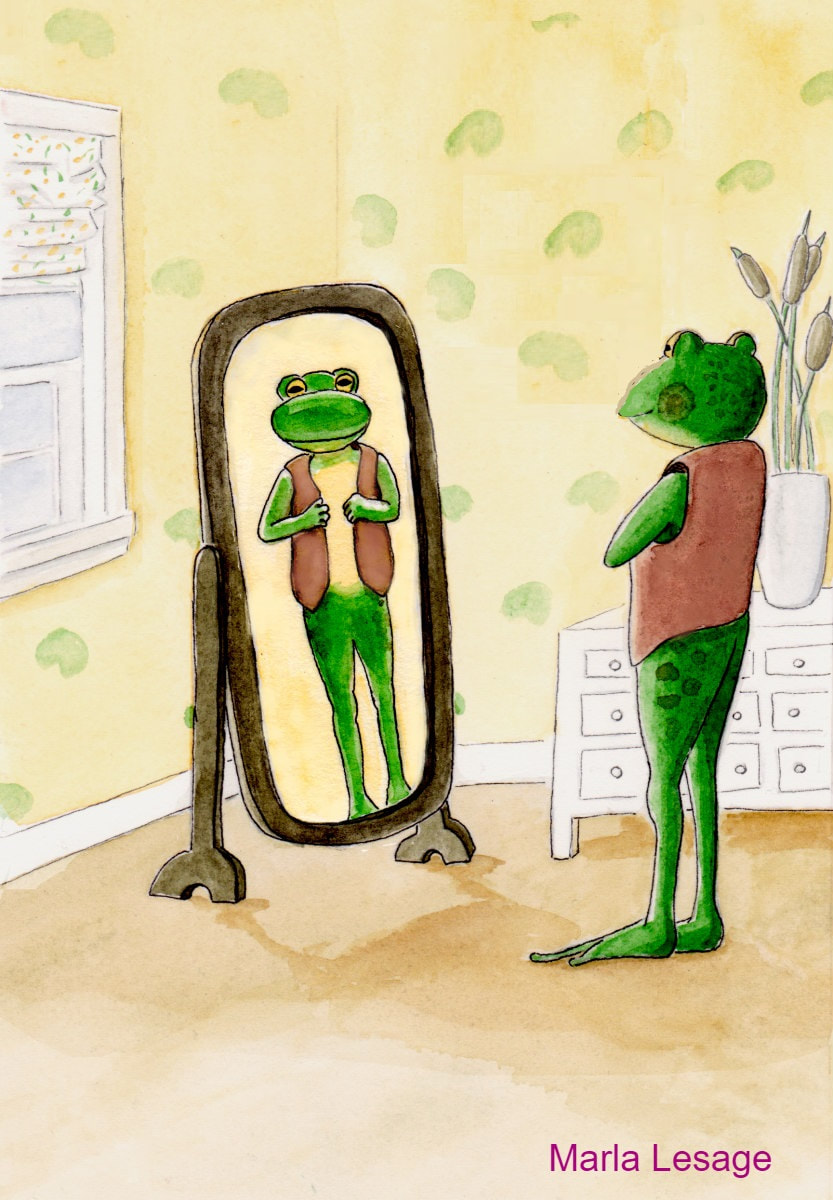
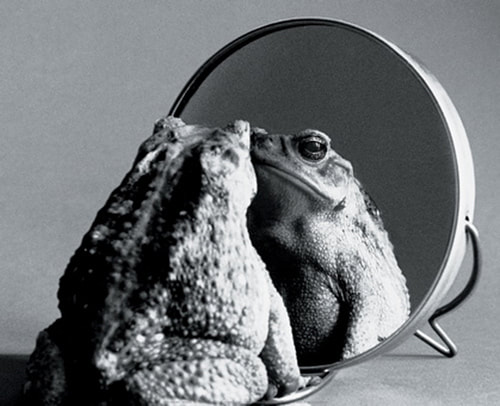

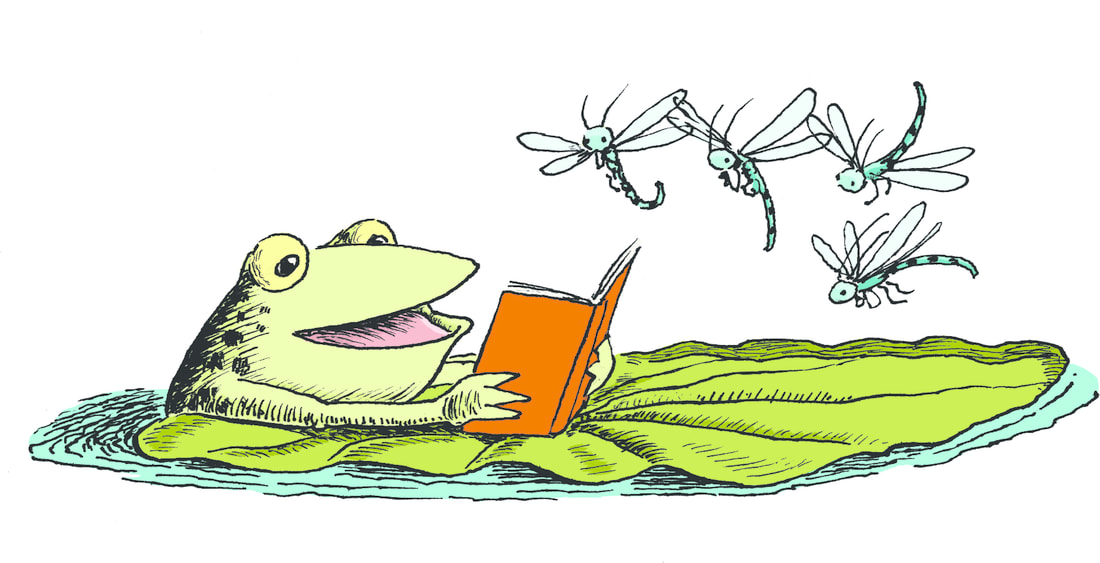
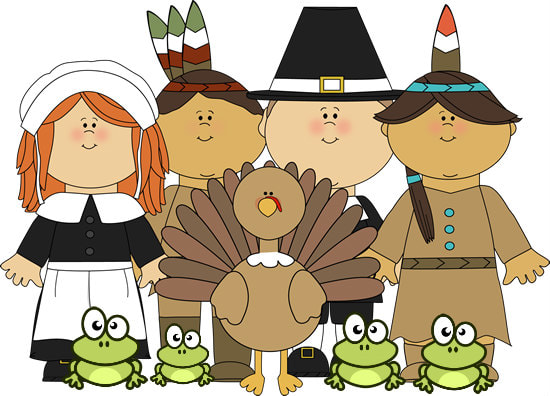

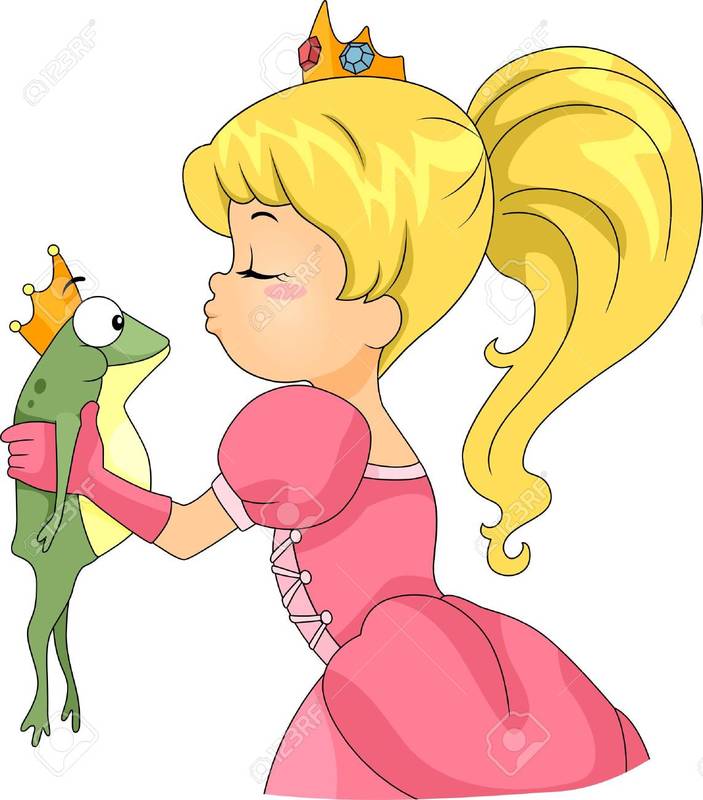
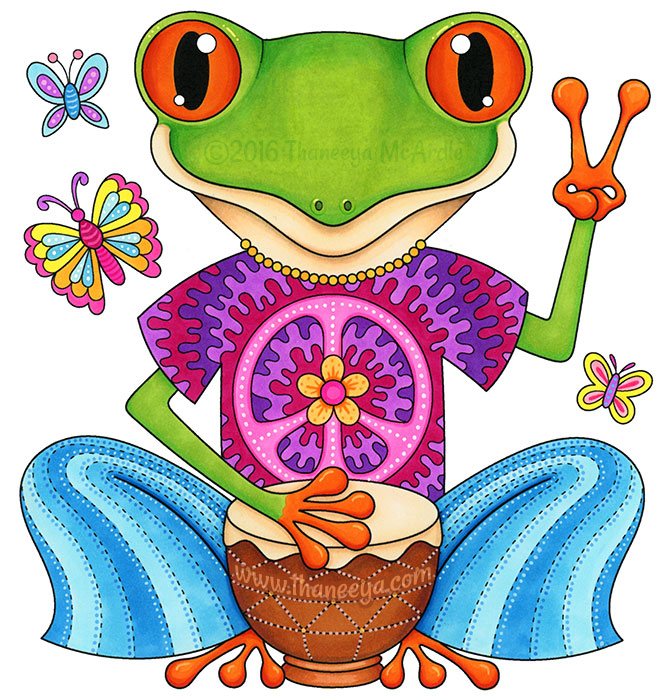

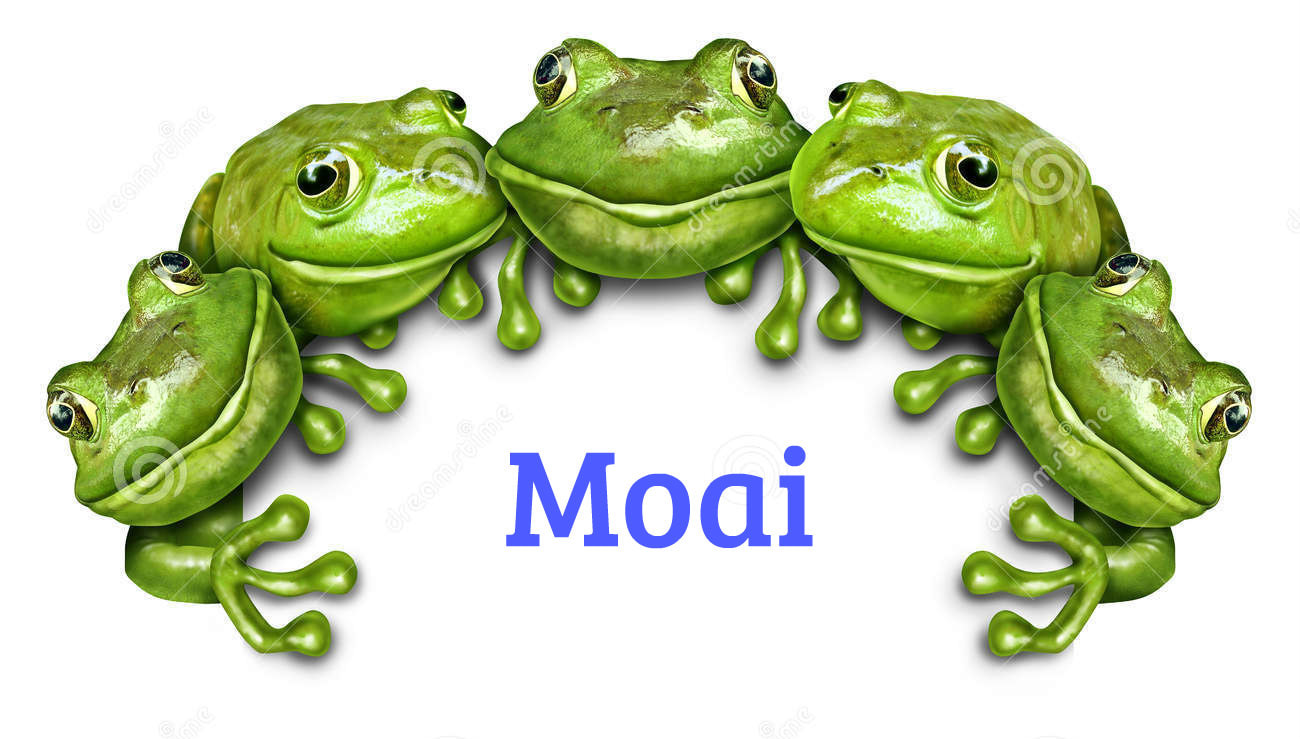
 RSS Feed
RSS Feed